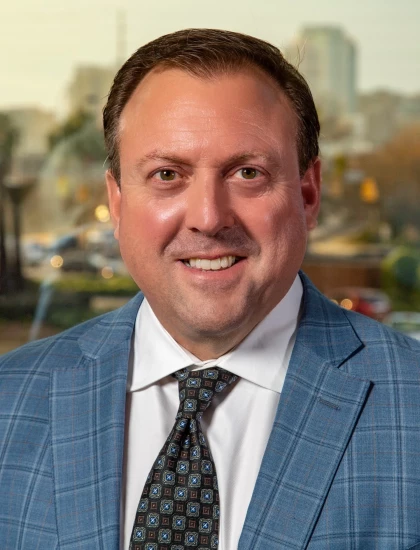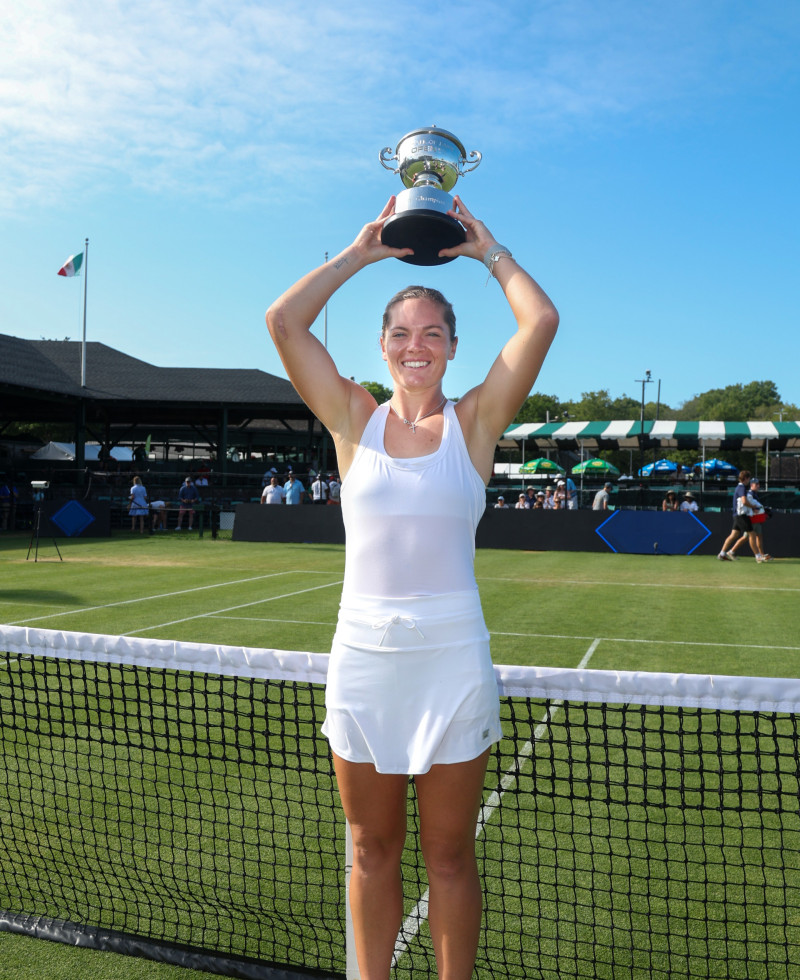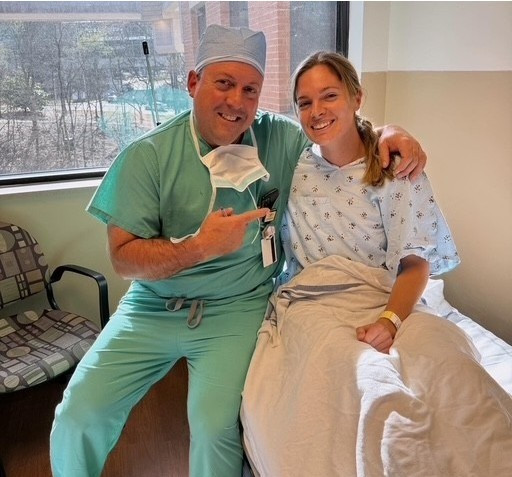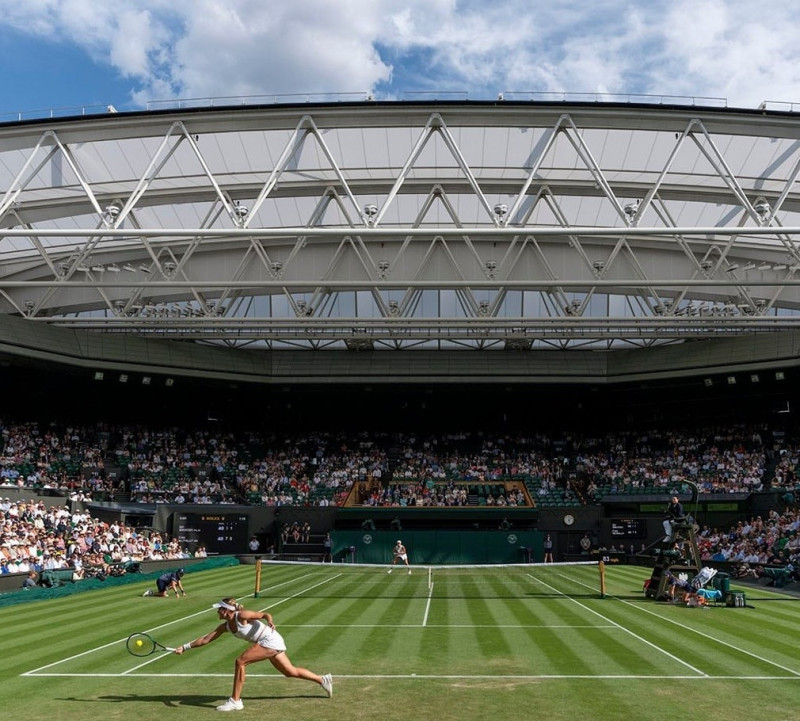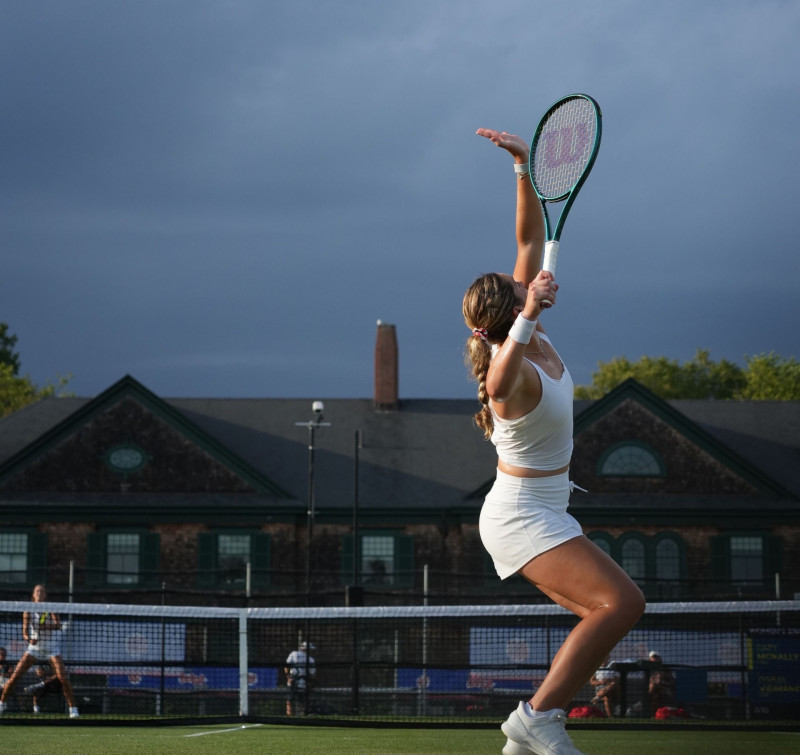Conditions + Treatments
Where It All Began
Tennis was woven into my life from the start. My mom, Lynn Nabors-McNally, worked at a tennis club in Cincinnati, and my brother played competitively — from Ohio State to the pro tour. I wasn’t pushed into the sport; I fell in love with it naturally.
From a young age, I knew I wanted to be a professional. While many of my peers were eyeing college tennis, my heart was set on the tour.
My mom shaped my game early — teaching me how to slice, come to the net, and use variety to out-think opponents. That foundation helped me develop a creative, all-court style that stood out.
PROFESSIONAL TENNIS - MY CLIMB & COLLAPSE
Before I turned pro, I was a junior tennis player ranked among the top 20 in the world. I traveled across continents, representing my country at junior Grand Slams and ITF events, building a reputation for my grit and footwork. The junior circuit taught me resilience, and those years laid the foundation for the player — and competitor — I would become.
As I rose through the pro ranks, I was gaining momentum and hitting a career high. By the time I was injured, sliding for a ball in Paris, I was close to cracking the WTA Top 50, and would have been in Grand Slam main draws. But in 2023, everything shifted.
What began as subtle elbow pain during a summer European swing — specifically the Rome Masters in July — spiraled into something far worse.
Then came the slide on clay in Paris — a torn hamstring. I still tried to compete, but by Wimbledon, I was barely able to serve, heavily taped, and far from my best. That tournament marked the lowest point of my career.
Surgery, Recovery & Inner Battles
I spent the next six months chasing answers. I tried PRP in Los Angeles to fix a partial tear, hopeful that I could avoid surgery. But by early 2024, I was serving underhand, and I knew something was seriously wrong. An MRI confirmed it: a partial re-tear of my UCL again — worse than expected.
During that consultation, the LA doctor reviewed my scan and told me I would need surgery. He gave me two referrals: one was Dr. Jeffrey Dugas at Andrews Sports Medicine in Birmingham, Alabama, and the other was a surgeon in St. Louis. Both surgeons were highly respected in the industry — and very experienced treating overhead athletes like baseball pitchers.
I called both offices that same day. Dr. Dugas had availability first — and that sealed the decision. I was ready to move forward, and timing mattered. “That’s the way I went,” I told myself.
When I met Dr. Dugas, his calm confidence gave me peace. “I’ve never done this on a tennis player,” he said, “but I know exactly what to do.”
My mom/coach drove me from Cincinnati to Alabama — through rain and road work — and I had surgery the very next day. The procedure was an internal brace repair, a method more commonly used for pitchers than tennis players, and recovery would be unfamiliar territory for all of us.
Physically, the rehab was grueling. But the mental side? Even harder. There were moments when I genuinely questioned whether I’d ever return to the court — or survive long matches again.
Thankfully, I wasn’t alone. My mom/coach and rehab team in Cincinnati — Jon Griggs, Joe Combs, Nick Rohlfs, Micah Richey and Aaron Lakaneen — helped me stay grounded and focused. I have also had support team from Integralis, a group based in Regensburg, Germany who has helped and traveled with me as I've gotten back on the tour. Bit by bit, I progressed — from soft balls to live hitting. On June 10, 2024 I was finally cleared for forehands and backhands. Serves would come later.
REWRITING MY STORY
What happened next felt miraculous. I went from being ranked 1,400 in the world to playing in 2025 Wimbledon — a place tied to my lowest moment. In the first round, I drew the same British player I faced the year before. But this time, I was healthy. Strong. Ready. It felt like God gave me a second chance — not just to compete, but to heal and rewrite the memory.
After winning my first round match, I advanced to the second round and had the opportunity to play on Wimbledon's centre court, competing against the eventual 2025 women's champion, Iga Świątek.
After being eliminated from Wimbledon, I made the decision to immediately fly back to the United States to compete in the WTA Newport Hall of Fame Open in Rhode Island. I continued to play strong tennis and I captured the WTA singles title in Newport - my first tournament win since returning to the tour.
My faith carried me through this entire process. Every setback became a setup for something greater. I’m now physically in the best shape of my life, mentally stronger, and closing in on the top 100 again.
The Bigger Picture
This journey wasn’t just about tennis. It was about learning to trust again — in my body, in my process, and in God’s timing.
If you’re facing something that feels impossible, keep going. Trust the process. Work hard. And never stop believing in what’s on the other side.
This is my story. This is my comeback.
